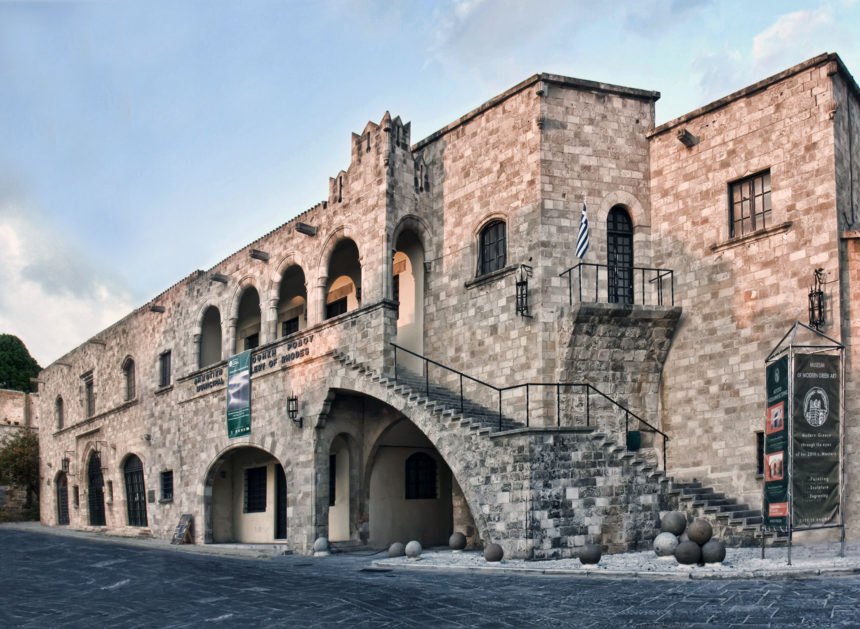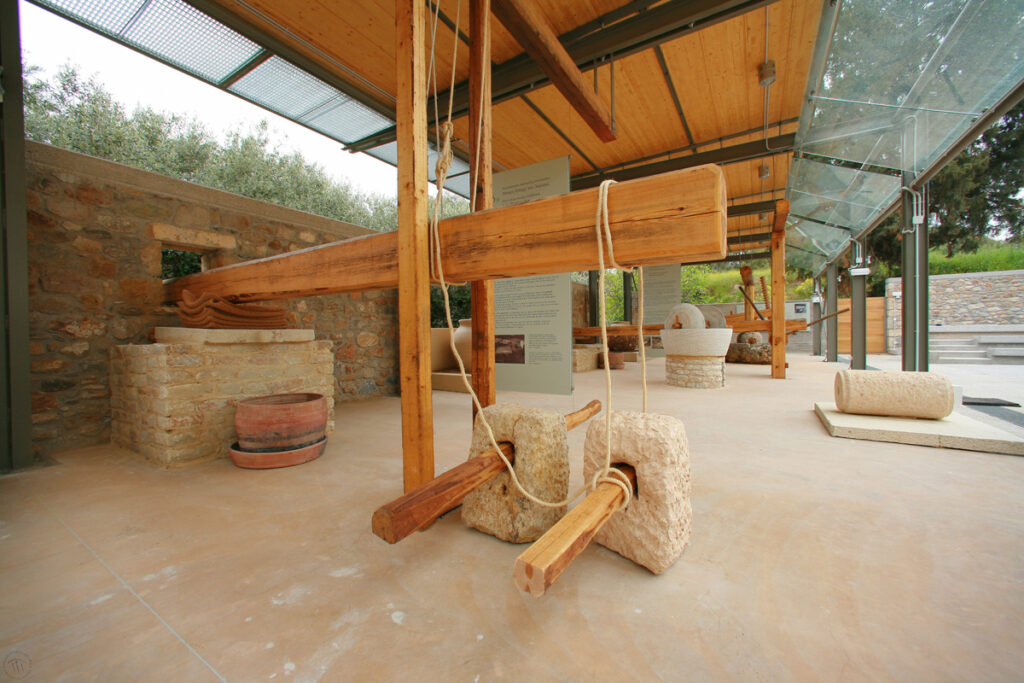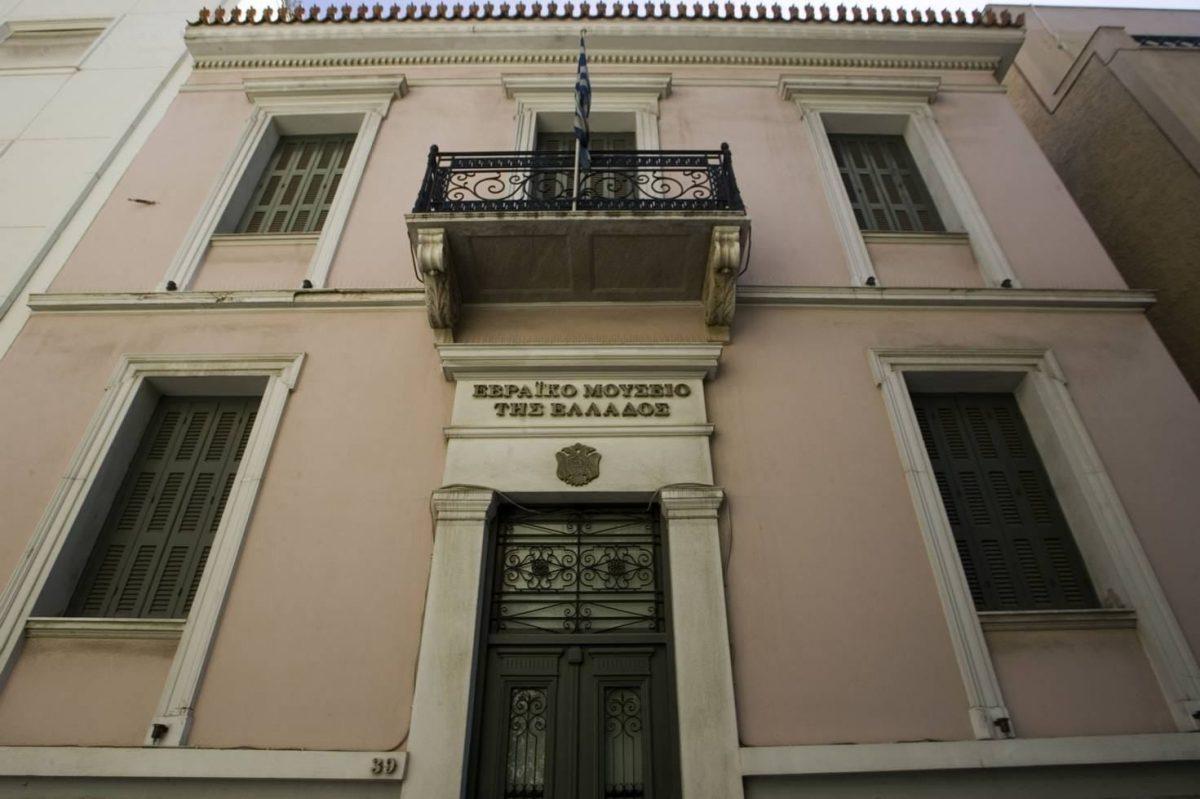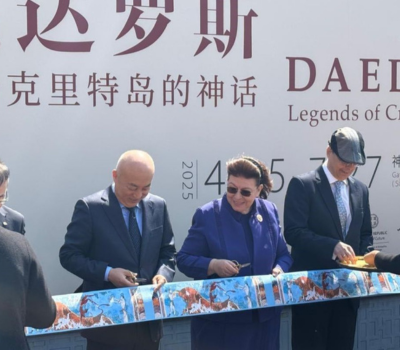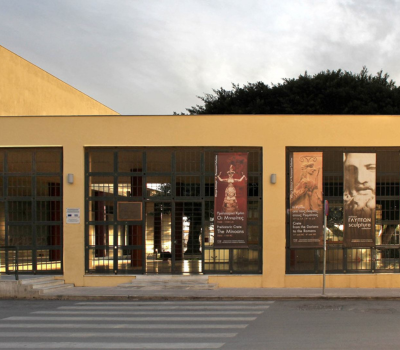
Acropolis Museum, Athens
The Acropolis Museum in Athens is a world-class archaeological museum showcasing artifacts from the ancient Acropolis. Opened in 2009, its modern design highlights treasures like sculptures from the Parthenon, the Erechtheion, and the Temple of Athena Nike. Visitors can explore exhibits spanning ancient Athens’ history, with highlights including intricate friezes, statues, and everyday items. A striking feature is the glass floors, revealing excavations beneath. The museum celebrates Greece’s cultural heritage, offering a stunning blend of history, art, and architecture at the foot of the iconic Acropolis.

